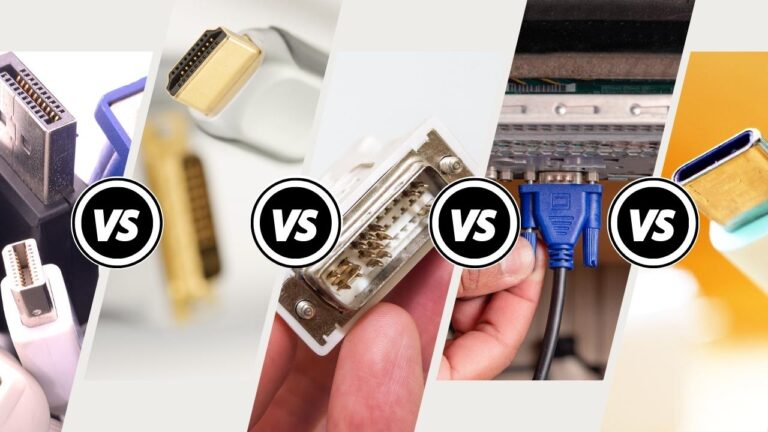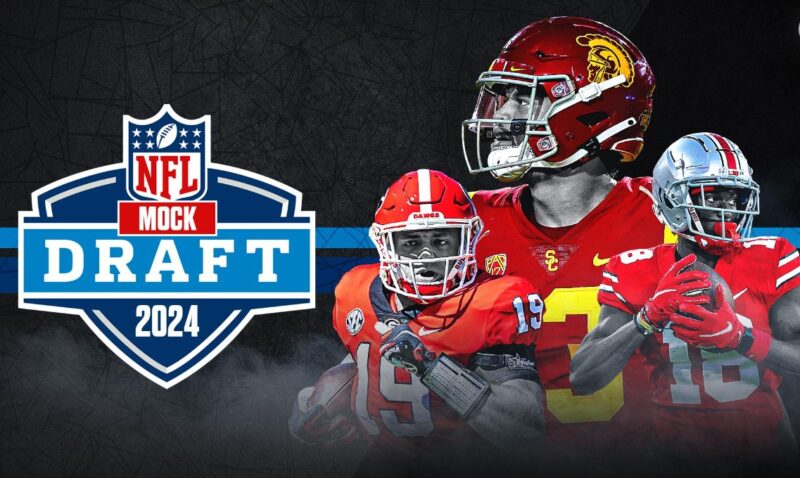The world of video connections can be a tad overwhelming, especially with the plethora of options available. But fret not! I’m here to walk you through the maze of HDMI, DisplayPort, DVI, VGA, and USB-C. Let’s get started, shall we?
Fun Fact: Did you know that HDMI stands for High-Definition Multimedia Interface? More on that in a bit!
HDMI

HDMI is like that popular kid in school that everyone knows. These days, almost all TVs and computer monitors support an HDMI connection. It’s a nifty little thing that sends both digital audio and video down the same cable. So, if you’re thinking of connecting anything to your television, including computers, HDMI is your best bet.
Key Features and Advantages
HDMI is the darling of consumer electronics. From laptops to desktops, mobile devices, streaming sticks, Blu-ray players, and more, HDMI is everywhere. And for a good reason! Until recently, HDMI v1.4 was the standard. But now, there’s HDMI 2.0, which is like HDMI on steroids. It can handle video signals with a pixel resolution of 3820 x 2160 at up to 60 frames per second and up to 32 channels of uncompressed multichannel digital audio. And guess what? The cables haven’t changed, just the hardware you connect them to.
Limitations and Compatibility Concerns
While HDMI has evolved, there are still scenarios where other connection types might be more suitable. We’ll explore those in the sections below.
Common Use Cases
HDMI is the go-to for most general consumers. Whether you’re connecting a laptop to a TV, using streaming devices like Chromecast or Roku, or setting up your gaming console, HDMI has got you covered.
DisplayPort
DisplayPort might not be the first name that comes to mind when you think of HDTVs, but it’s a powerhouse for connecting PCs to computer monitors. Developed by the Video Electronics Standards Association (VESA), DisplayPort is ready to handle 4K/Ultra HD content.
Advantages and Capabilities
One of DisplayPort’s standout features is its multi-monitor capabilities. Imagine daisy-chaining up to five monitors together for a seamless workflow. It’s a dream come true for graphic designers, programmers, and multitaskers.
If you’re a professional working with multiple screens or someone who values high-resolution graphics without compromise, DisplayPort is your best friend.
DVI
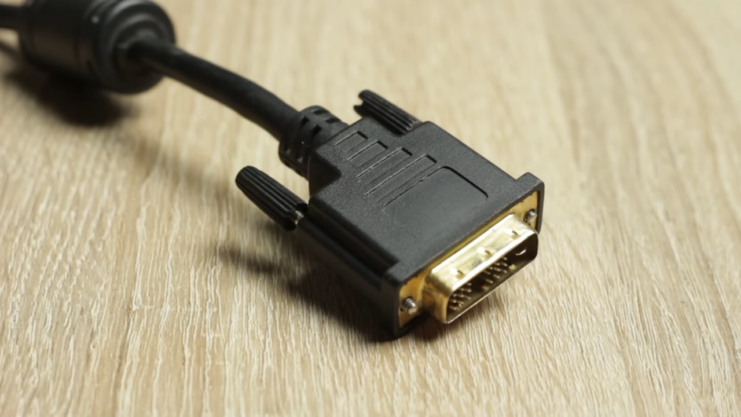
Flashback to 1999, and DVI was the talk of the town. Designed to deliver uncompressed digital video, DVI has multiple modes like DVI-D (digital only), DVI-A (analog only), and DVI-I (both digital and analog).
Pros and Cons of DVI
DVI has fallen out of the mainstream for HD televisions or modern devices, but for computer monitors, especially those without speakers, it’s still in the game. However, for 4K resolutions, you’d be better off with HDMI or DisplayPort.
You might also stumble upon DVI connectors on older projectors or in office setups. While it’s not the most advanced, it gets the job done for specific use cases.
VGA
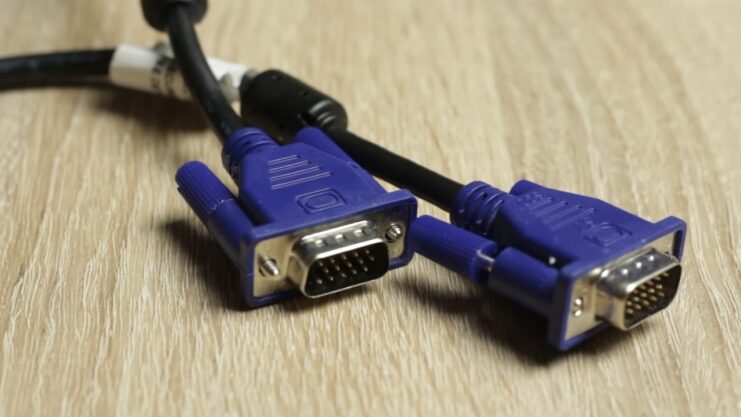
Ah, VGA! It’s like that old record player you have in the attic. VGA, or Video Graphics Array, is one of the oldest connectors around. It dates back to the days when chunky CRT monitors were all the rage. Remember those?
An analog connection that while it can technically support resolutions up to 1920 x 1080, the analog nature means that as you push the resolution higher, you might notice some image degradation. This happens because the signal gets converted from analog to digital, and some details can get lost in translation.
Niche Situations for VGA
There are still some scenarios where VGA might come in handy. For instance, if you’re dealing with older equipment or if you’re in a pinch and don’t have any other cables available. But for the most part, it’s a relic of a bygone era.
Fun Fact: VGA can also be referred to as an “RGB connection” or “D-sub”.
USB-C
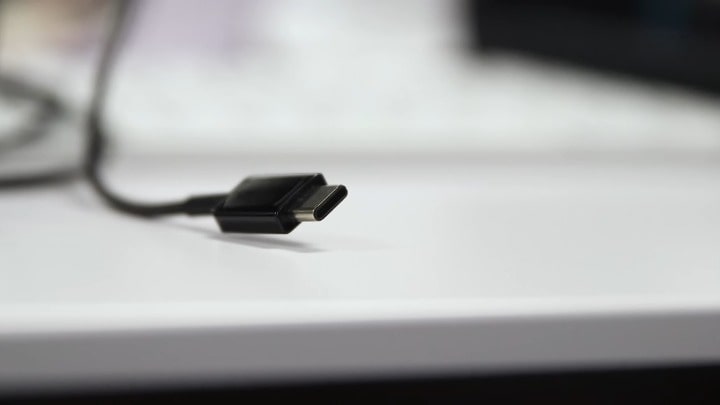
USB-C is like the Swiss Army knife of connectors. It’s versatile, compact, and can do a whole lot more than just charge your devices. Introduced with the 2016 MacBook, USB-C has been making waves in the tech world.
One of the standout features of USB-C is its ability to transmit both audio and video. This means you can use a single USB-C cable to connect your laptop to a monitor, and it’ll handle both the display and sound. Talk about convenience!
But that’s not all! USB-C can also transmit data and power. This makes it a one-stop solution for many of your connectivity needs. Whether you’re connecting external hard drives, monitors, or even using it as a charging port, USB-C has got you covered.
If you’re using newer devices, especially laptops and mobile devices, chances are they come with a USB-C port. It’s perfect for those who value a clutter-free setup and want a single cable that does it all.
Pro Tip: Always check the specifications of your USB-C port. Not all USB-C ports support video output, so it’s essential to ensure compatibility.
Comparing the Options
With so many options on the table, it can be a bit daunting to choose the right one. But don’t worry, I’ve got you covered. Here’s a quick rundown:
| Connection Type | Best Used For | Not Ideal For |
| HDMI | TVs, gaming consoles, general consumer electronics | High-end PC gaming setups (unless HDMI 2.1) |
| DisplayPort | High-resolution PC monitors, professional workstations | Older TVs and consumer electronics |
| DVI | Older computer monitors, some office setups | Modern HDTVs, devices requiring audio output |
| VGA | Legacy devices, older projectors | Modern digital displays, HD content |
| USB-C | Laptops, mobile devices, versatile single-cable solutions | High-end gaming without Adaptive-Sync |
When deciding on a connection, consider your specific needs. Are you looking for the highest resolution? Do you need audio support? How about refresh rates for gaming? Answering these questions will help you make an informed decision.
Compatibility, Resolution, Refresh Rates, and More
Always check the compatibility of your devices. Not all connectors support the same resolutions or refresh rates. For instance, if you’re aiming for 144Hz at 1080p, DVI and DisplayPort are your best bets.
Making the Right Choice
When it comes to video connectors, one size doesn’t fit all. Your choice should be based on your specific needs. Are you a gamer looking for the highest refresh rates? Or perhaps a professional requiring multiple monitor setups? Maybe you’re just someone who wants to watch movies in the best quality possible. Whatever your needs, understanding the capabilities of each connector is crucial.
Balancing Quality, Compatibility, and Convenience
It’s not just about the highest resolution or fastest refresh rate. Consider compatibility with your devices, the convenience of the connection (think about how USB-C can be plugged in any orientation), and the quality of the signal. For instance, while VGA might be compatible with many older devices, the quality might not be up to par with modern standards.
Future Trends and Developments
The world of video connectors is ever-evolving. With the introduction of newer technologies and the constant push for better resolutions and faster refresh rates, we can expect to see new standards emerging. DisplayPort 2.0, for instance, was expected to hit the consumer market around late 2021 or 2022. It’s always exciting to see what the future holds!
As technology advances, the lines between different types of connectors are blurring. USB-C, for instance, is not just for video but also for data transfer and charging. We might see more such versatile connectors in the future, offering a range of functionalities in a single port.
FAQ
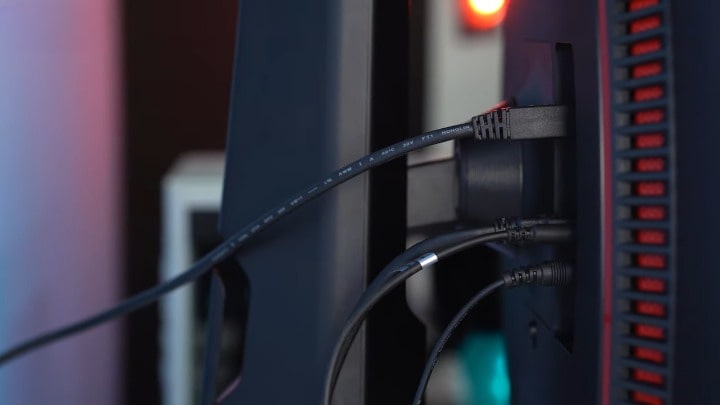
Can I convert one video connector type to another using an adapter?
Yes, adapters are available for most connector types, but always ensure compatibility and functionality before purchasing.
Are all HDMI cables the same?
No, HDMI cables come in different versions (e.g., HDMI 1.4, 2.0, 2.1) with varying capabilities and features.
Does the length of the cable affect the video quality?
For analog cables like VGA, longer lengths can degrade quality. For digital cables, it’s less of an issue but still possible.
Why is USB-C becoming popular for video transmission?
USB-C offers versatility, supporting video, audio, data, and charging, making it a one-cable solution for many devices.
Are wireless video transmission methods replacing these connectors?
While wireless methods are growing in popularity, wired connections still offer more stability and higher quality for many applications.
Can I achieve 4K resolution with all these connectors?
Not all connectors support 4K. HDMI (2.0 and above), DisplayPort, and some USB-C ports can handle 4K resolution.
Final Thoughts
Choosing the right video connector might seem daunting, but once you understand your needs and the capabilities of each option, it becomes much simpler. Whether it’s HDMI, DisplayPort, DVI, VGA, or USB-C, each has its own strengths and use cases.
Remember, it’s not just about the specs but also about how it fits into your setup. Your choice matters, so make it wisely!
Related Posts:
- What Is Anti-Aliasing And Which Type Should You Use?…
- How To Play Xbox 360 On Laptop With HDMI Cable? -…
- Waterproof vs Non-Waterproof Hiking Boots- Which One…
- LXQt vs XFCE: Which is the Best Linux Desktop Environment?
- How to Use Snapchat on Mac - Snap Away on Your Mac
- What Is VSync And Should You Use It? Must Read!

